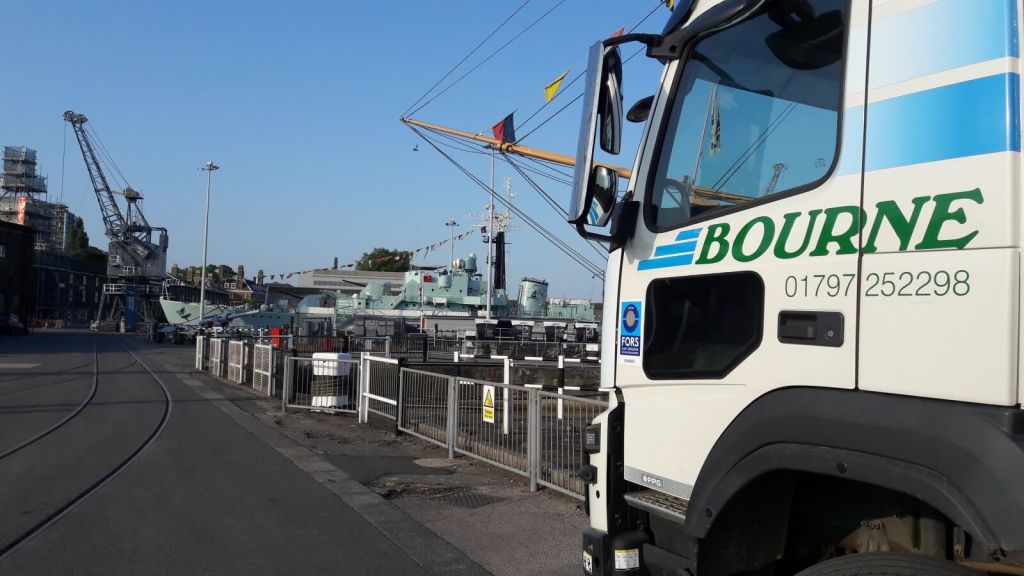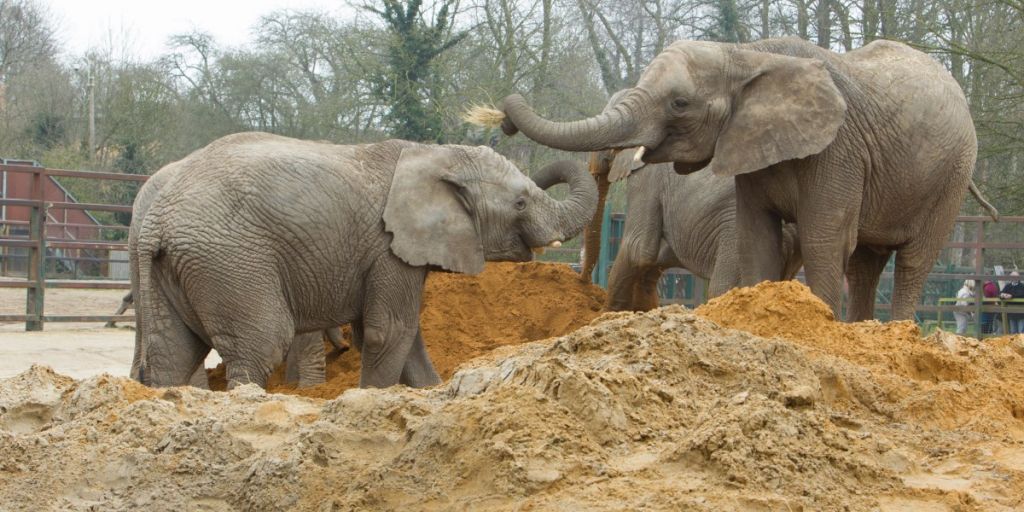August photo competition winner!

For August, we received a number of spectacular entries, all of which could deserve an honourable mention. Some of them related to a rather royal delivery operation, but for reasons of State Security, we can't publish those... Let's just say that when you need this many tipper deliveries for your rose beds, then you are gardening at a different order of magnitude.
Anyway, the very well deserved winner for August is Josef, with this spectacular - and perhaps somewhat surprising if you haven't been to the quarry - view of Westerham on a summer morning!




